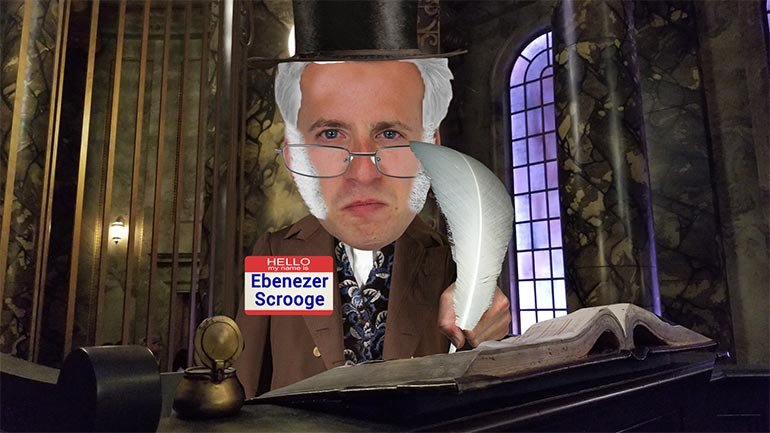Availability Float
If you've ever had a checking account, you should know about this...it may have burned you, even if you haven't heard the term. This concept represents the period of time between depositing a check into your account, and having the funds available for use.
The availability float occurs because the bank has to manually verify the check information (such as whether the person who issued it actually has the funds). If you're like us, you may have once or twice misunderstood how long you had to wait for the money to be there, and inadvertently overdrawn your account. Hurray for direct deposit!
Related or Semi-related Video

Finance: What is a Merchant Account?4 Views
Finance allah shmoop What is a merchant account All right
You sell earrings at the mall hearings for years and
you know other regions private ones You're a merchant You
take credit cards visa amex mastercard A customer pays for
her ear ring with a visa card charge for three
hundred bucks Alright Well where does that money go How
does it get there Well because you pierce on earth
have a merchant account you take her little mag strip
thing Me on her card with all our information has
everything on it like her name bank number address phone
a whole bunch of other codes on it You swipe
it in your little reader and voila Three hundred boxes
taken from her account with visa taking about five bucks
of this transaction for the pleasure or pain of doing
it And then visa room it's two hundred ninety five
dollars into your bank of america merchant account that's How
you got paid So who gets a merchant account Do
you need a fundamental genetic resistance teo Kryptonite to be
granted such lofty status No not at all Generally speaking
all you need is a few grand in a basic
bank account Reasonable credit scores like above six hundred ish
And you have to be willing to fork over some
minimum initial amount as well as minimum monthly amount So
it's still worth it for the credit card companies and
banks to continue to be in business with you like
there's A basic monthly fee for most of them Well
how do you lose your merchant account status Well you
offer lousy product to your customers who demand their money
back through charge cards in what's called a charged back
like they dispute the charge and make the credit card
company go after you for the refund And that then
violates some minimum few percent floor from a credit card
taking perspective and well then visa mastercard amex will They
could just stop issuing you a credit taken stopped taking
customers cards from you and then you have to only
take cash You're screwed But as long as you follow
the rules pay your bills and continue to attract creative
people who want piercings in you know interesting places like
the mall Then you'll remain in business for a long
as you want more or less and well so that's
It You're one of the few the proud the merchants
Up Next
What is a savings & loan versus a bank? Hit play to find out.
What is Regression Analysis? Regression is a form of statistical analysis that goes back to trading history and isolating a particular variable to...
What is a line of credit? A line of credit is kind of like a loan. A bank gives a borrower a line of credit, which basically says they can borrow â...
How do credit card companies work? Credit card companies are, in a way, lenders. They give consumers a rectangular piece of plastic that allows the...



